All physical measurement consists of some degree of uncertainty. Whenever measurements are taken, a degree of error must always be assumed, for, in reality, no measurement can be taken without errors. A common skill in taking measurements is the ability to interpret results in terms of possible errors. No matter how carefully the measurements are taken, and no matter how accurate this instruments that are used, some error will always be present. A measurement will not be trust unless the size and type of the expected error is known.
One of the first steps in analyzing any measured value is to consider both the magnitude and type of error that is possible. The three major types of error to be discussed here are systematic, random, and gross.
Systematic errors
are those that remain constant with repeated measurements. Since they arise from inaccuracies in the manufacture of an instrument or form improper adjustment or application of an instrument, they are observed as those errors that do not change with time . some of common systematic errors are given below.
- Zero error All readings are in error by the same amount. An example would be a voltmeter that reads 1v low on all reading’s including zero.
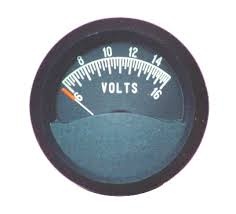
.8134_fa_rszd.jpg)
- Scale error this depends on the magnitude of the reading. An example would be a voltmeter that reads 1v high at 10v, 2 volt high 20v, and so on.
- Response time error This is due to instrument’s inability to follow dynamic changes in the in the measured quantity. A example would be the error resulting from the application of a meter having a high intertie movement to measure a single whose value changes rapidly.
- Loading error The instrument extracts sufficient energy form the system under measurement so that the value of the measurement parameter is changed by using a low-impedance source.
Random errors
Are those errors due to unknown causes and are observed when the magnitude and polarity of a measurement fluctuate in an unpredictable manner. Some of the common of more common random errors are
- Rounding errors This occurs when readings are n between scale graduations, and the reading is rounded up or down to the nearest graduation.
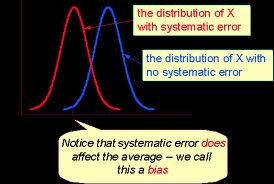
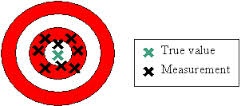
- Periodic errors This occurs when an analog meter reading swings or fluctuates about the correct value. In addition, the meter reading quickly changes in the immediate vicinity of the correct value, but changes slowly at the extremes of the swing. Since it would be less likely read than an incorrect value.
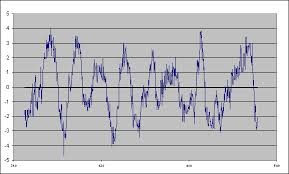
- Noise The sensitivity of the instrument is changed, or the reading is altered by outside interference.
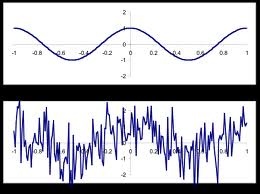
- Backlash The reading either lags or leads the correct value because of mechanical play, friction, or damping.
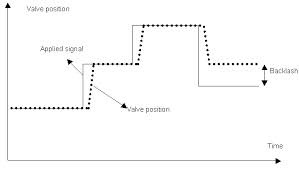
-
Ambient influences Due to conditions external to measuring system, such as variation in temperature, humidity, atmospheric pressure.
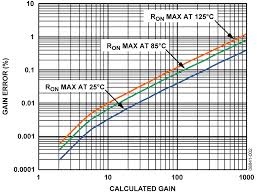
-
Gross errors
Gross errors, as the name implies are usually quite large can be divided into two major categories:
- Human errors: This occurs when the operator makes a mistake, such as reading the wrong scale or value.

- Equipments faults : This error source can be large and sometimes erratic.



